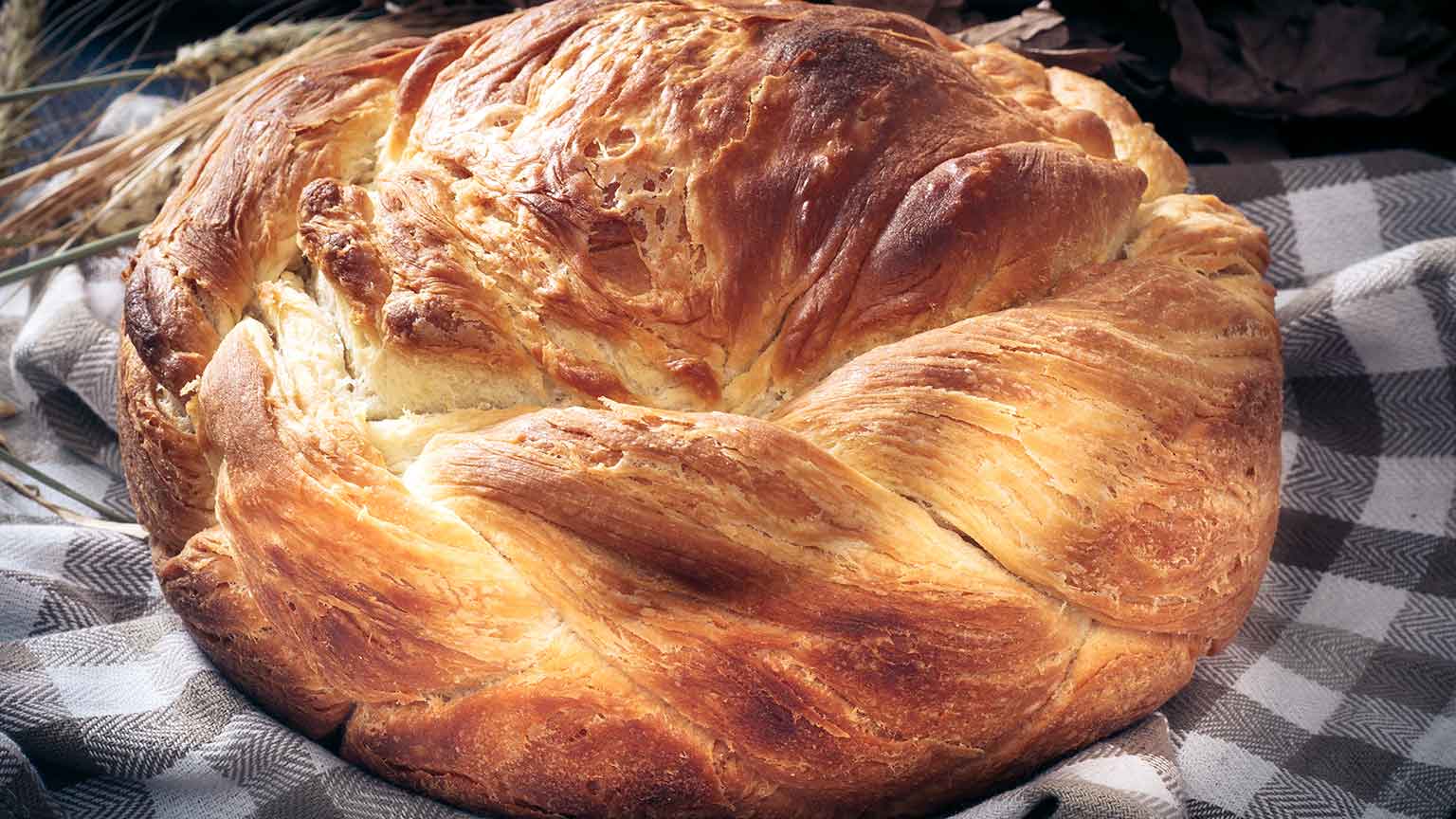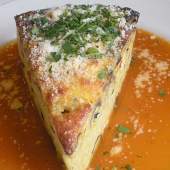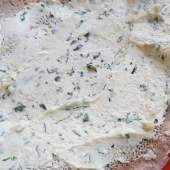Canada

“O Canada! Our home and native land!
True patriot love in all of us command…”
— Canadian national anthem
“Canada was built on dead beavers.”
— Margaret Atwood, novelist
This coming Sunday (and Monday), our famously genial “neighbors to the North” will celebrate Canada Day! This vast and diverse nation composed of 10 provinces and three territories was federated on July 1, 1867, which makes 2018 their sesquicentennial-plus-one. Canada Day is roughly commensurate with our own Independence Day three days later, and thus the two holidays share many attributes, including fireworks, parades, and backyard barbecues. But how do Canadians traditionally celebrate when it comes to their unique foods?
As in many other large countries, Canadian cuisine varies widely according to region and the accessibility of local ingredients. But Canada is also more multicultural than many — its demographic makeup includes everyone from Europeans (France, Great Britain, Holland, Scandinavia) to the large Jewish population in Manitoba, Winnipeg, and the city of Montreal; from its indigenous people (Aboriginals) to immigrants from…well…everywhere, including the U.S. Naturally, this makes for a rich melting pot when it comes to dining. But there is one unifying factor: most of its really popular foods are composed of elements from Canada’s four preferred food groups: starch, sugar, fat, and salt.
A typical Canuck’s day might start with a stop at their ubiquitous donut chain Tim Hortons (or “Timmies”) for a big cup of their famous coffee (or, a “double-double” if you take it with two creams and two sugars) and “Timbits” (donut holes). This might set you back a loonie (one-dollar coin) or a toonie (two-dollar coin). If Timbits aren’t your thing, try some of the elusive Dutchies (square glazed donuts with raisins, much sought-after but rarely available), or go elsewhere and have a Beavertail (a flat slab of sweet fried dough dusted with sugar and cinnamon).
Having gotten Tim Hortons out of the way, how about celebrating with the national food of Canada? Good luck, because there are three contenders for that title: poutine, butter tarts, and — of all things! — Kraft dinners (macaroni & cheese, often abbreviated to “KD” by the locals). These are the number one item sold in grocery stores, hands down.
Since Americans are quite familiar with that last one, let’s take a look at the other two:
- Poutine — If you’re a fan of brown gravy, cheese curds, and French fries, you’ll love poutine, because it’s a decadent amalgam of all three. The dish originated in Quebec in the late 1950s, and after some initial ridicule, its popularity has never waned. There are entire annual celebrations devoted to it, so dig in (if you’re not dieting).
- Butter tarts — These are flaky (usually round) pastry cups with a filling composed of brown sugar, eggs, and various kinds of corn and maple syrup. To this sticky sweet mixture is often added nuts, raisins, or other fruits. Want to try some? Canada’s Food Network offers 26 different variations.
How about some other standard Canada foods?
- Meats — Smoked (and candied!) salmon is very popular, but at the top of the heap, as far as Canadians are concerned, is bacon, bacon, and more bacon. On and in just about everything, with maple syrup. Of special note: peameal bacon, the invention of Toronto native William Davies, which is lean, thin-sliced pork loin cured and rolled in cornmeal. (Prior to and during World War II, the meat was rolled in ground dried yellow peas as a preservative — hence, the name). Modern-day peameal bacon, served sliced on a kaiser roll with mustard and other condiments, is a very popular sandwich at the St. Lawrence Market in Toronto.
- Bannock bread — This representative from Canada’s Aboriginal peoples from the Northwest Territory is half indigenous and half Scottish (a result of 18th century fur traders passing through), and it’s what you would get if a flatbread and a biscuit had a baby, but fried. It’s great for breakfast, and can be made easily over a campfire, so it has long been a dietary mainstay for trappers, explorers, and prospectors.
- Tourtière — Essentially, this is a deep-dish meat pie that originated in Quebec way back in the 1600s. The concoction gets its name either from the ceramic baking dish in which it is prepared or the passenger pigeons that initially made up the “meat” portion. These days, the filling is either ground pork, beef, salmon, rabbit, or other game, mixed with breadcrumbs, spices, and water. It is commonly served during winter celebrations.
- Chokecherries — These extremely tart red berries, most commonly found in Manitoba, are a popular component in sauces, jams, and wines (also used: Saskatoon “june” berries, which are said to taste like sugary crab apples). In earlier days, chokecherries were also the main ingredient in an herbal tea meant to soothe the stomach.
- Nanaimo Bars — Named after a city of the same name in British Columbia, these no-bake, three-layer dessert bars are wildly popular and perfect for summer. On top of a coconut-crumb wafer base is slathered a butter-flavored custard, topped with a rich chocolate ganache. There are many variables in the fillings (mocha, mint, peanut butter, and other varieties of chocolate to name a few), but all are delicious.
Happy Canada Day, or Fête du Canada! Stay safe, eh?





